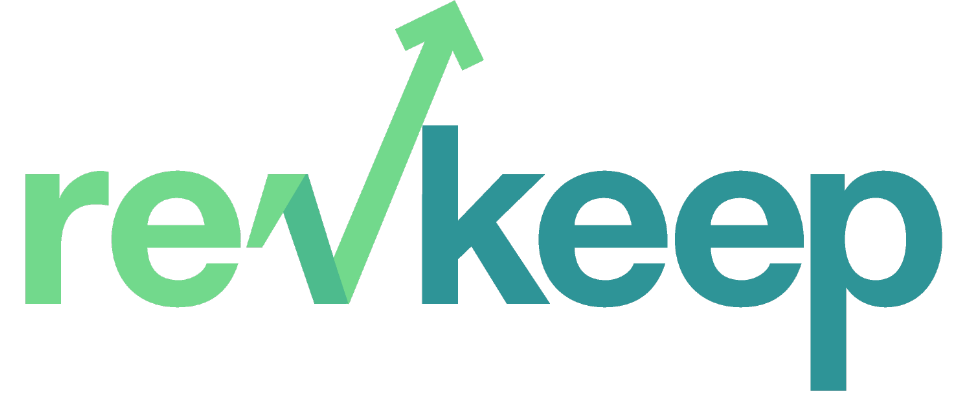As a healthcare provider, you provided telehealth services to your patients out of need during the
pandemic. You now must be prepared for post payment audits for those telehealth services provided.
Post payment audits are referred to by many different names such as OIG Audits, RAC Audits, or
Additional Documentation Requests to name a few.
The COVID-19 pandemic created a newfound need for expansive telehealth services.
As lockdowns, restrictions, and mandates left many without in-person access to healthcare, providers
shifted to telehealth services to provide the care their patients needed, providing telehealth care to over
28 million Medicare beneficiaries in the first year of the pandemic. The Centers for Medicare and
Medicaid Services (CMS) recognized the need for telehealth services and temporarily paused many
audits and other medical reviews of claims in order to expand telemedicine access to Medicare
beneficiaries.
The Audits are Coming.
The Department of Health and Human Services (HHS) Office of Inspector General (OIG) has produced a
review of telehealth service claims from the first year of the pandemic in an attempt to identify fraud,
waste, and abuse related to telehealth. This review attempts to identify providers that performed the
most telehealth services, scrutinizes their billing, and forecasts an increase in Medicare audit activity for
telehealth providers.
What is the OIG (Office of Inspector General) Looking for?
There are seven key measures that OIG identified as potential indications for fraud, waste, or abuse. The
seven measures included providers that billed for: (1) both telehealth and facility fees for most visits; (2)
telehealth services at the highest, most expensive level every time; (3) telehealth services for a high
number of days a year; (4) Medicare fee-for-service and a Medicare Advantage plan for the same service
for a high proportion of services; (5) a high average number of hours of telehealth services per visit; (6)
telehealth services for a high number of beneficiaries; or (7) a telehealth service and ordering medical
equipment for a high proportion of beneficiaries.
The right Technology can help:
In a remote world, it is important for healthcare organizations to have a process in place for responding
to audits in a timely fashion. This process should include steps for gathering and reviewing records, as
well as for preparing and submitting documentation.
Technology can also be used to your advantage during healthcare audits. Organizations can use
technology to store and review records, as well as to submit documentation to auditors.
Audits have time constraints (if you do not respond within the deadline, the money is taken back) and
specific rules in replying to requests. Training the people who handle the audits is imperative as well. All
things the right technology can help with.
Helpful tips in responding to an Audit:
By 2022, post-payment audits will be largely conducted remotely. This shift towards remote work will
require medical practices to manage their billing and collections processes more carefully than ever
before. Here are a few tips for doing so:
1) Make sure your billing and coding procedures are up-to-date and accurate.
2) Use secure, cloud-based software to ensure that patient data is transmitted securely.
3) Train your staff on how to use remote audit tools effectively.
4) Stay organized and keep track of all communications with insurance companies and patients.
5) Remain vigilant in the collection process and follow up on any outstanding payments promptly. By
preparing for these changes now, you can ensure that your medical practice remains compliant and
profitable well into the future.
FAQ
What is a healthcare audit?
A healthcare audit is an examination of the financial and operational records of a healthcare
organization by an external auditor. The purpose of a healthcare audit is to assess the financial health of
the organization and identify any areas where improvements can be made.
Who conducts a healthcare audit?
Private payers and Medicaid/Medicare services utilize third part medical record audit companies who
are paid on a commission based on the recovered amount of previously paid services.
How much does a healthcare audit cost?
The cost of a healthcare audit varies depending on the size and complexity of the organization being
audited. However, in general, the cost ranges from several thousand to tens of thousands of dollars.
What are the risks associated with a healthcare audit?
The risks associated with a healthcare audit include potential financial losses and damage to the
organization’s reputation. It is important to note that these risks can be mitigated by proper planning
and execution of the audit.
What providers are being targeted for Healthcare RAC Audits in 2022?
In 2022, the OIG has announced that telehealth, home health services, nursing homes, and SNFs (skilled
nursing facility) will be a main focus of the OIG work plan looking for potential abuse of the Medicare
advantage program and Medicare part C.
Can I get a copy of the healthcare audit report?
Yes, you can get a copy of the healthcare audit report. The report will be provided to the organization’s
management and board of directors. It is typically not released to the general public and national
institutes.


